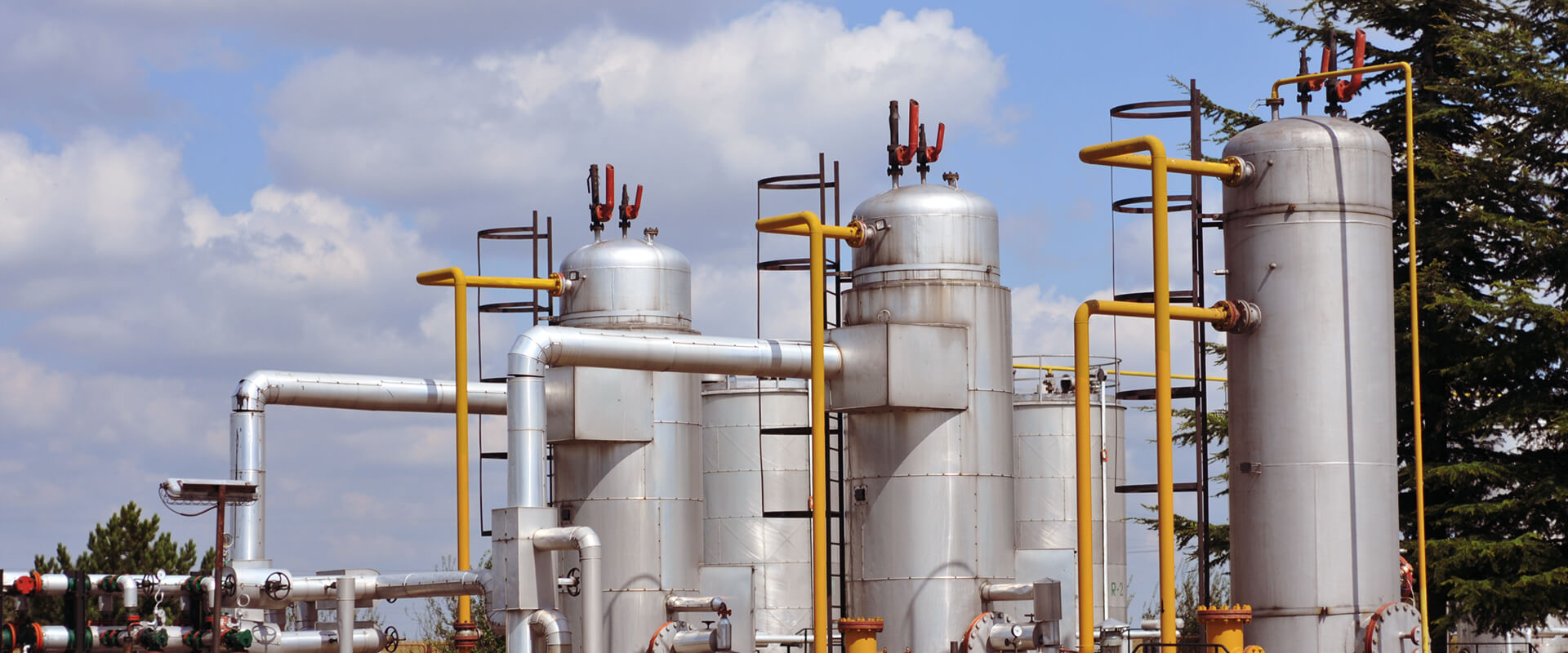
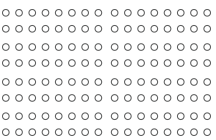
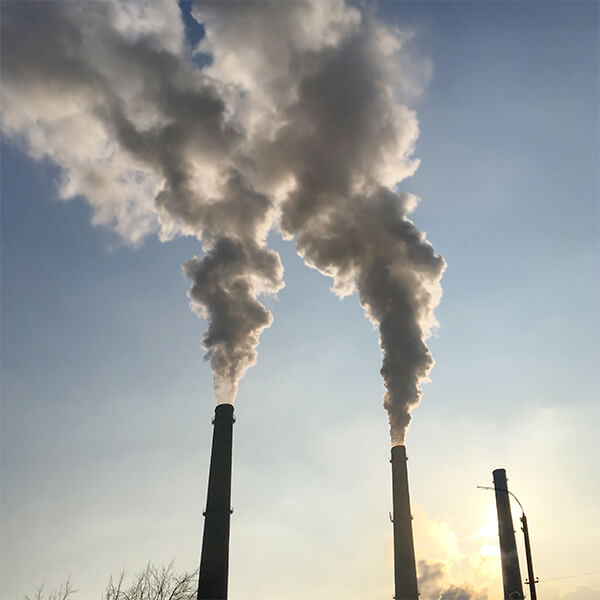
Acid gas emissions come in diverse forms depending on the source of emission. The selection of collection and treatment methods of polluted gas depends on the properties of the raw gas, at the same time taking into account the facility site, surrounding environment and economic efficiency.
There are several process methods applicable to removing acid gases from the environment. The adsorption method using activated carbon as an adsorbent is the most suitable and economical way of treating them. Acid gases such as sulphur dioxide, sulphur trioxide, nitric oxide, hydrochloric acid, carbon dioxide, hydrogen sulphide etc. can be effectively removed using suitable activated carbon filters.
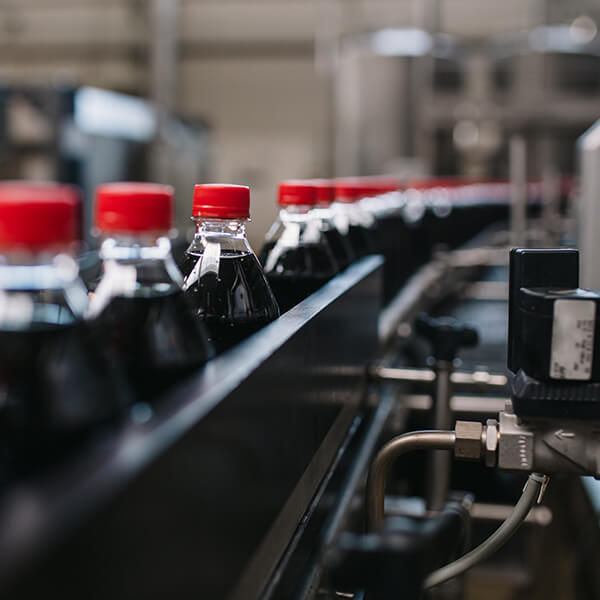
Carbon dioxide (CO2) is used as an additive in many industries like brewing and carbonated beverages and ensuring its purity of it is essential. CO2 has to be purified before it is CO2. Activated carbon is an ideal solution for the purification of CO2 by removing organic compounds, hydrogen sulphide gas, mercaptans and aromatic and other flavouring contaminants. SURSORB PCO-2 is a speciality activated carbon designed to capture contaminants of different sizes present in the carbon dioxide gas.
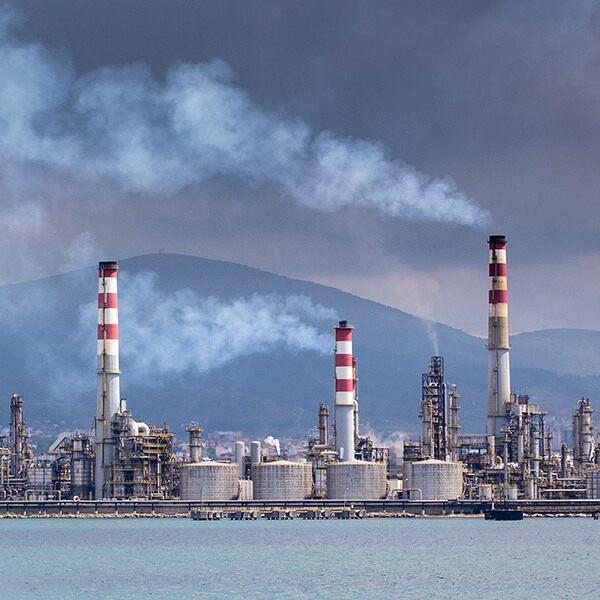
Incineration of solid waste, medical and clinical waste and many other industrial processes cause a release of harmful flue gases which include components like heavy metals (mercury), dioxins and furans. Untreated emissions of these gases pose a serious threat to public health. Nitrous oxides (NOx) from power plants, where natural gas, coal or biomass is burned to generate electricity, contribute to ozone depletion. SURACSH offers tailor-made solutions to remove flue gases from incineration and industrial plants. Our carbon has optimum pore size distributions and superior adsorption which ensure to meet the stringent regulatory requirements in flue gas emission. We also use activated alumina based adsorbent which is used for a wide range of adsorbent and catalytic applications.
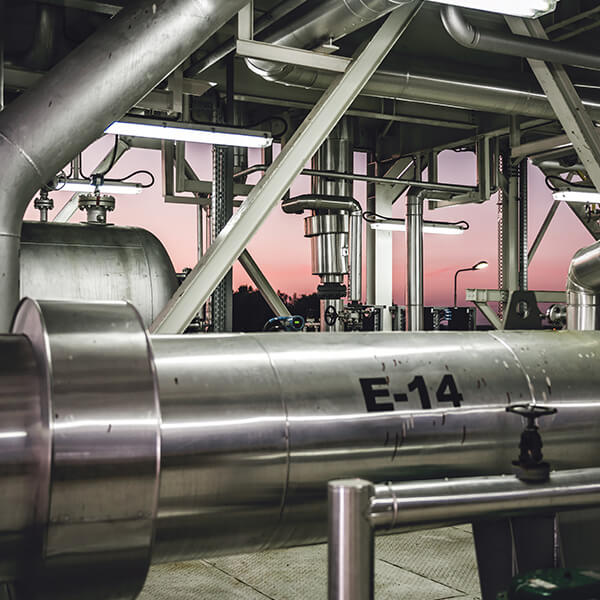
Methane, carbon dioxide, nitrogen and hydrogen sulphide are the fundamental components of natural gas. Desulphurization and drying are one of the major processes before it leaves the storage facility. After years of research, SURACSH has developed the most advanced extruded activated carbon with suitable chemical impregnation to tackle the H2S issues in air & gas purification applications. The SURSORB GP-S carbon can achieve 100 wt% removals of hydrogen sulphide under the right condition. SURSORB ZEO is a zeolite-based adsorbent. Zeolites are used in petrochemical cracking, water softening and purification, in the separation and removal of gases and solvents, agriculture, animal husbandry and construction. They are increasingly being used in the production of petrochemicals, to replace harmful catalysts.
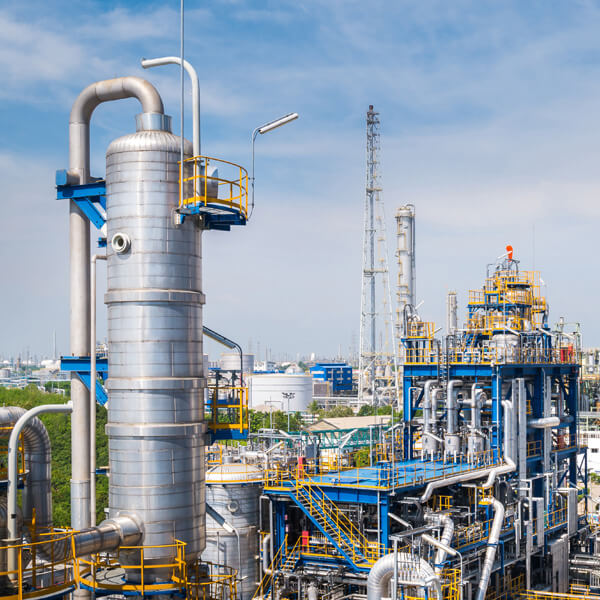
Acid and alkali gases can cause serious health problems if inhaled and their emission into the environment is controlled by several stringent regulations. Inorganic compounds such as arsine, formaldehyde, mercury and phosphine can be captured using impregnated activated carbon. Oil processing is a major source of emission of VOCs into the environment. Activated carbon is used as an efficient adsorbent in VOC reduction due to its large adsorption area and it is not restricted to polar and nonpolar compounds. SURACSH offers both granulated and extruded carbons specifically designed to meet the needs of the oil and gas treatment.
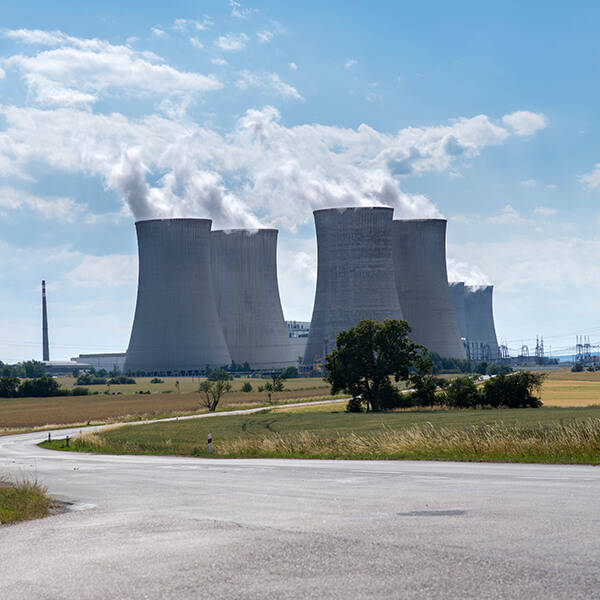
Most radioactive forms of iodine are produced as a by-product of a fission reaction from either nuclear weapon testing or nuclear power plants. Iodine-129, I-131, I-133 etc will have the greatest impact on the environment if released unattended.
The radioactive iodine is fully removed and deposited onto coconut shell activated carbon impregnated with potassium iodide. Through the isotopic exchange, the radioactive methyl iodide is replaced by the inactive iodine. Owing to the low half-life period of the iodine isotopes (131I = 8.04 days, 133I = 21 hours), they rapidly decay to non-radioactive solid species.
Coconut shell charcoal based activated carbon has 97% removal efficiency for radioactive methyl iodide, meeting Nuclear Regulatory Guide 1.52. The carbon is free of ammonia and contains no heavy metals such as copper, lead, mercury, or chromium.
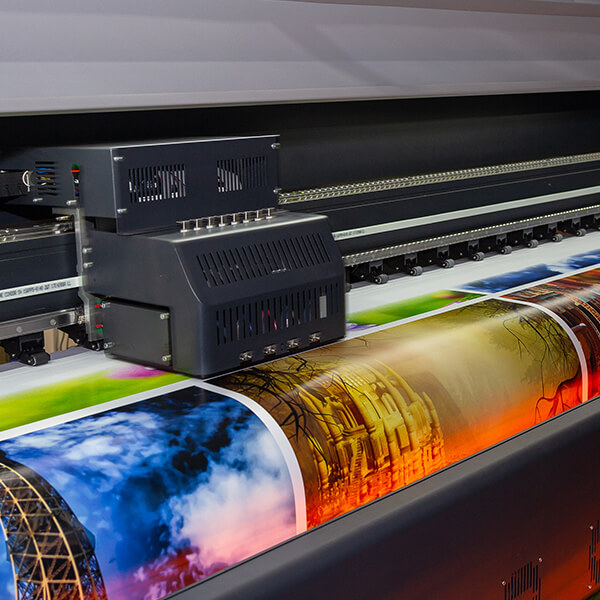
Organic solvents with very high evaporative tendencies have to be recovered in many industries as these are either important raw materials or pollutants. Industries such as adhesives, the solvent cyclohexane have to be recovered as it causes many health issues when inhaled. Solvent recovery by activated carbon is the most cost-effective way to recover the reused solvent for industries. Solvent recovery is economical for the industries and beneficial for the environment.
Suracsh Filters Pvt Ltd
Narayan Asan Road
Opp. Gold Souk
Vyttila, Cochin- 682019, India